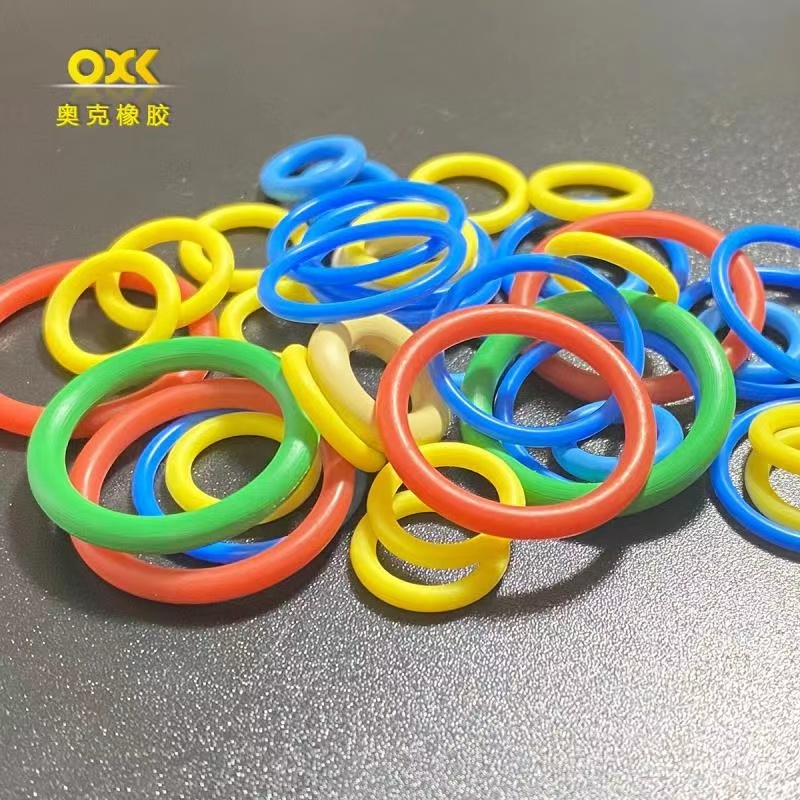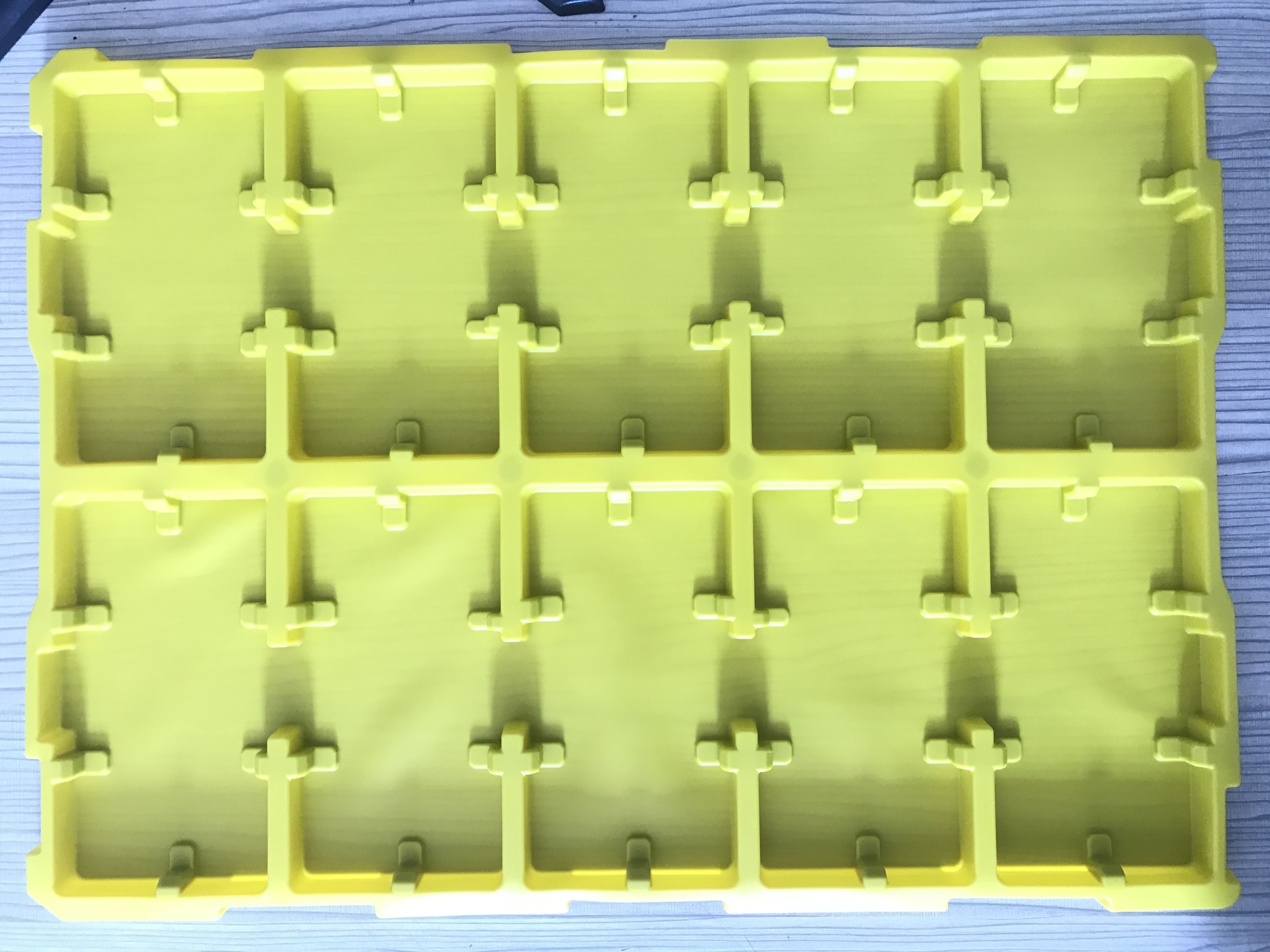1. NBR nitrile rubber sealing ring is suitable for use in petroleum hydraulic oil, glycol hydraulic oil, diester lubricating oil, gasoline, water, silicone grease, silicone oil and other media. It is currently the most widely used and lowest cost rubber seal. Not suitable for polar solvents, such as ketones, ozone, nitro hydrocarbons, MEK and chloroform. The general use temperature range is -40~120 ℃.
2. HNBR hydrogenated nitrile rubber sealing ring has excellent corrosion resistance, tear resistance and compression deformation resistance, and has good resistance to ozone, sunlight and weather. It has better abrasion resistance than nitrile rubber. It is suitable for washing machinery and automobile engine system. It is not recommended to use in alcohols, esters or aromatic solutions. The general use temperature range is -40~150 ℃.
3. SIL silicone rubber sealing ring has excellent heat resistance, cold resistance, ozone resistance, and atmospheric aging resistance. Has very good insulation properties. However, the tensile strength is worse than that of general rubber and it has no oil resistance. Suitable for household appliances such as electric water heaters, electric irons, microwave ovens, etc. It is also suitable for all kinds of articles that come into contact with the human body, such as kettles, drinking fountains, etc. It is not recommended to use in most concentrated solvents, oils, concentrated acids and sodium hydroxide. The general use temperature range is -55~250 ℃.
4. The high temperature resistance of VITON fluorine rubber sealing ring is better than that of silicone rubber, and it has excellent weather resistance, ozone resistance and chemical resistance, but poor cold resistance. It has resistance to most oils and solvents, especially acids, aliphatic hydrocarbons, aromatic hydrocarbons and animal and vegetable oils. It is suitable for the sealing requirements of diesel engines, fuel systems and chemical plants. Not recommended for use in ketones, low molecular weight esters and nitrate-containing mixtures. The general use temperature range is -20~250 ℃.
5. FLS fluorosilicone rubber sealing ring has the advantages of both fluorocarbon rubber and silicone rubber, and has good oil resistance, solvent resistance, fuel oil resistance, and high and low temperature resistance. It can resist the corrosion of oxygen-containing compounds, aromatic hydrocarbon-containing solvents and chlorine-containing solvents. The general use temperature range is -50~200 ℃.
6. EPDM rubber sealing ring has good weather resistance, ozone resistance, water resistance and chemical resistance. It can be used for alcohols and ketones, and can also be used for sealing in high temperature water vapor environment. The general use temperature range is -55~150 ℃.
Seven, CR neoprene rubber sealing ring has particularly good resistance to sunlight and weather. It is not afraid of refrigerants such as dichlorodifluoromethane and ammonia. It is resistant to dilute acid and silicone grease, but it has a large expansion in mineral oil with low aniline point. It is easy to crystallize and harden at low temperatures. It is suitable for all kinds of environments exposed to the atmosphere, sunlight, ozone, and various flame-resistant and chemical-resistant sealing links. It is not recommended to use in strong acids, nitro hydrocarbons, esters, chloroform and ketones. The general use temperature range is -55~120 ℃.
8. IIR butyl rubber sealing ring has particularly good air tightness, good heat resistance, sunlight resistance, ozone resistance, and good insulation performance; it has good resistance to polar solvents such as alcohols, ketones, esters, etc., and can be exposed to Animal and vegetable oils may be oxidized. Suitable for chemical resistant or vacuum equipment. It is not recommended to use it with petroleum solvents, kerosene or aromatic hydrocarbons. The general use temperature range is -50~110 ℃.
9. ACM acrylic rubber sealing ring has excellent resistance to oil, high temperature resistance and weather resistance, but the mechanical strength, compression deformation rate and water resistance are slightly poor. Generally used in automobile transmission systems and power steering systems. Not suitable for hot water, brake fluid, phosphate ester. The general use temperature range is -25~170 ℃.
10. NR natural rubber sealing ring rubber products have good wear resistance, elasticity, breaking strength and elongation. However, it is easy to age in the air, becomes sticky when exposed to heat, easily swells and dissolves in mineral oil or gasoline, and is resistant to alkali but not strong acid. It is suitable for use in liquids containing hydroxide ions such as automobile brake fluid and ethanol. The general use temperature range is -20~100 ℃.
11. PU polyurethane rubber sealing ring The mechanical properties of polyurethane rubber are very good, and their wear resistance and high pressure resistance are far superior to other rubbers. The aging resistance, ozone resistance and oil resistance are also quite good, but it is easy to be hydrolyzed at high temperature. Generally used for high pressure and wear resistant sealing links. The general use temperature range is -45~90 ℃









